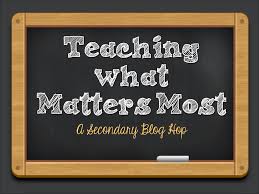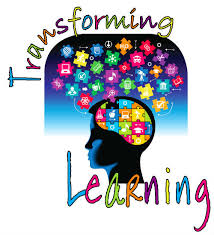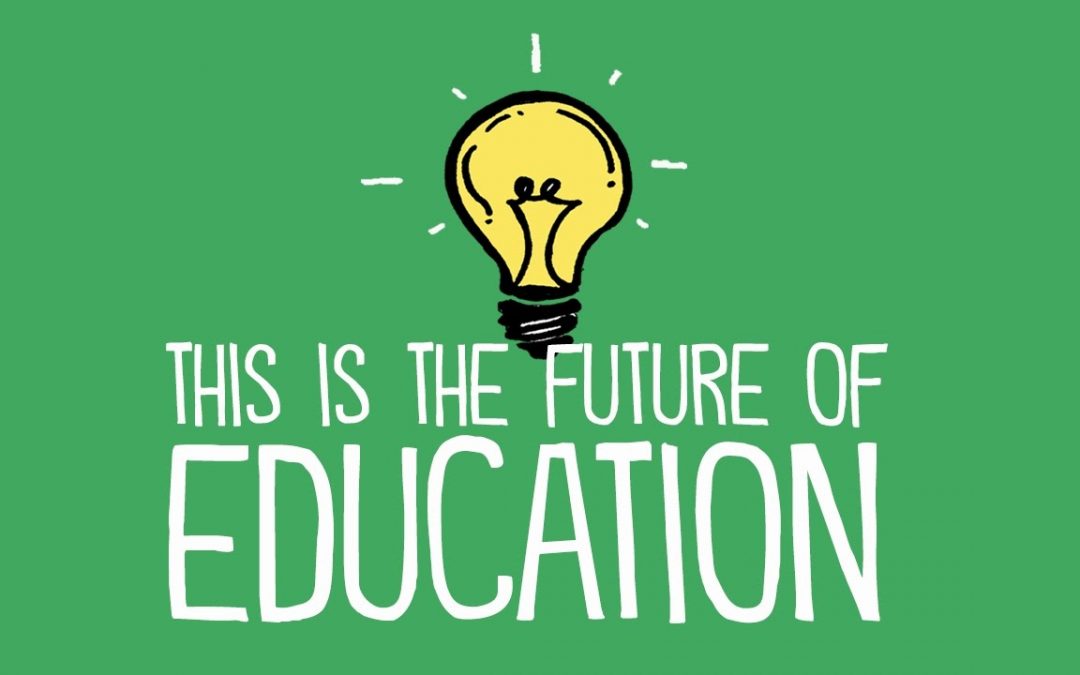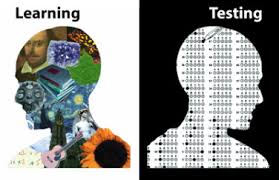
What matters in teaching and learning?
Students are our common purpose in teaching and learning; our who and our why; the core of our work. Not just ‘students’ plural, but each and every student (with their idiosyncrasies, circumstances, attitudes, abilities and identities).
The decisions we make from the classroom to the board room in schools should all come back to the student. Ultimately in education, we are in their service.




